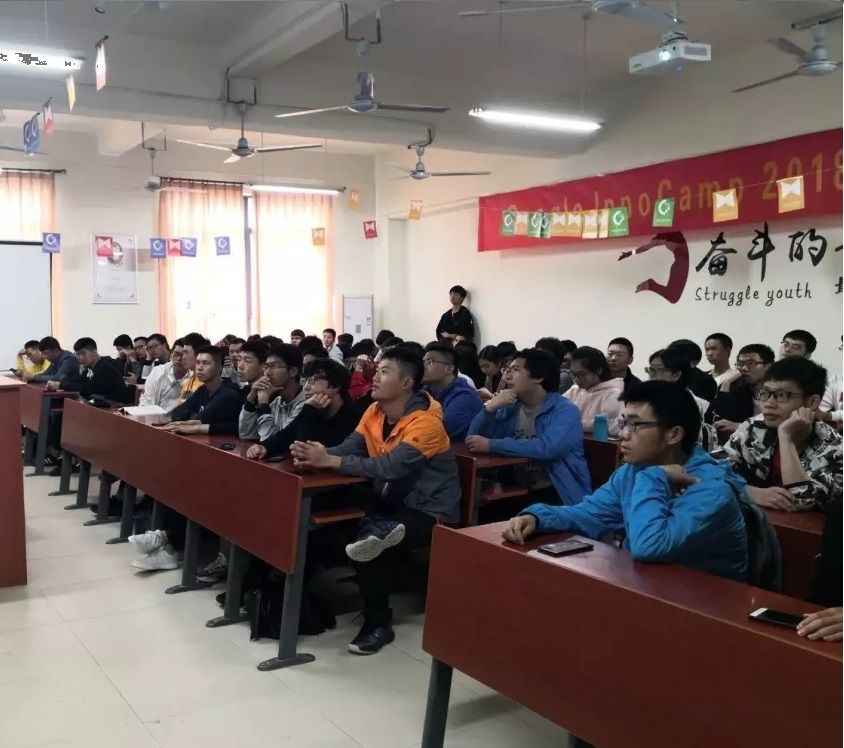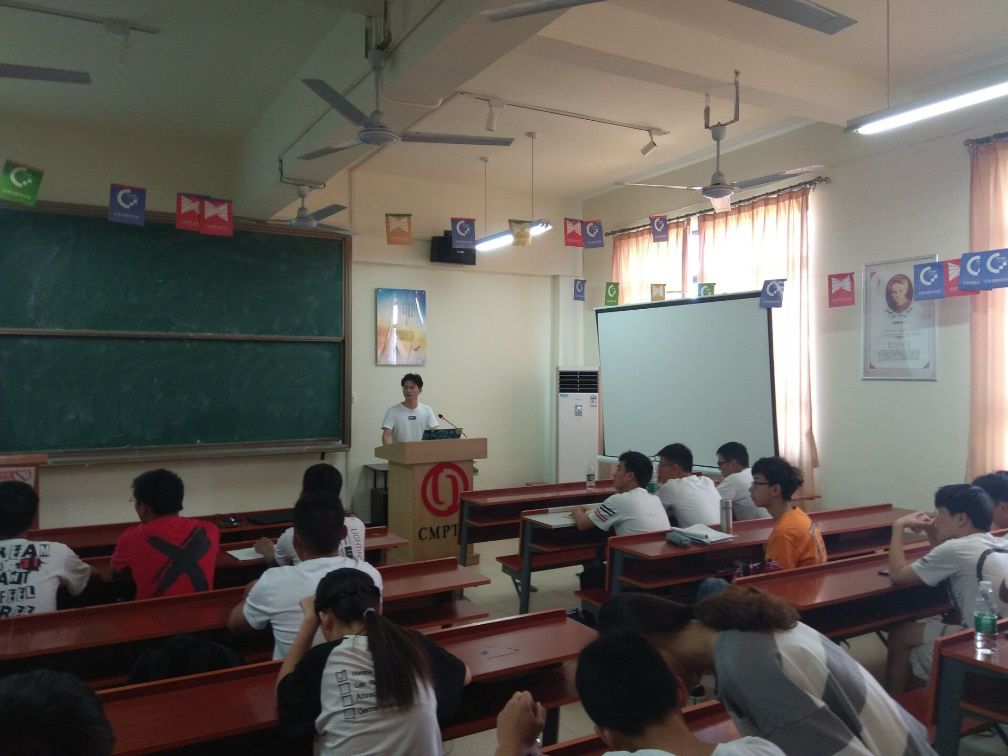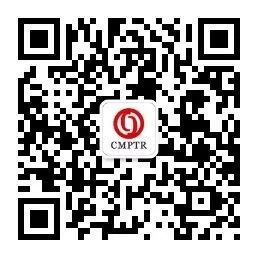Embedded
Technical Themed Seminar
The embedded technology and the Internet of Things (IoT) industry are developing rapidly. Embedded technology is not only consolidating traditional applications but also exploring applications in emerging markets, with the Internet of Things (IoT) undoubtedly being the most extensive application target, and the prospects for the embedded industry are limitless. From smart switches and watches to mobile phones, computers, satellites, and rockets, all rely on embedded systems.
To help everyone gain a certain understanding of embedded systems and development, on the afternoon of September 24, 2019, the center’s embedded team members Duan Kai and Zhu Junhan held an embedded technology seminar in room 603.

When it comes to embedded development, many people are completely in the dark, with their understanding of embedded systems only at the level of having heard of the concept. To help students gain a deeper understanding of embedded development, this seminar introduced the concept of embedded systems and presented two small examples to illustrate embedded hardware development and embedded software development.

Part
1

The entire process is divided into three stages:
First Stage: Introduction to Embedded Systems. An embedded system is a dedicated computer system designed for specific applications, fully embedded within controlled devices. The core of an embedded system consists of one or several microprocessors or microcontrollers that are pre-programmed to perform a few tasks. Unlike general-purpose computers that can run user-selected software, the software on embedded systems is often static; hence it is commonly referred to as “firmware.” Embedded systems also involve multiple modules such as device network access, data transmission, information processing, and data visualization. Overall, the fields involved in embedded systems are quite extensive.

Part
2

Second Stage: Embedded Hardware Development with 51 Microcontroller Programming Examples
This stage demonstrated three simple programs written on the 51 microcontroller:
1. Light up the first LED light
2. Working principle of the running light
3. Button timer
Part
3

Third Stage: Embedded Software Development for High-Concurrency Servers
This stage showcased several simple examples of server programming:
1. Socket communication principles
2. The simplest TCP/IP model
3. Advanced TCP version of the Reactor model
4. TCP version 2.0 of Reactor + Thread Pool model
Audience
Interviews & Insights

According to the audience interview segment after the event, the students who participated in this event gained a lot, mainly in the following aspects:
1. Understood what embedded systems are and the research directions of embedded systems.
2. Learned how to utilize the 51 microcontroller for embedded development.
3. Gained insights into the working principles of high-concurrency embedded servers.
Images and Text: Duan Kai, Zhu Junhan
Editor: Li Sisi
Reviewer: Deng Xiaojun

Follow me